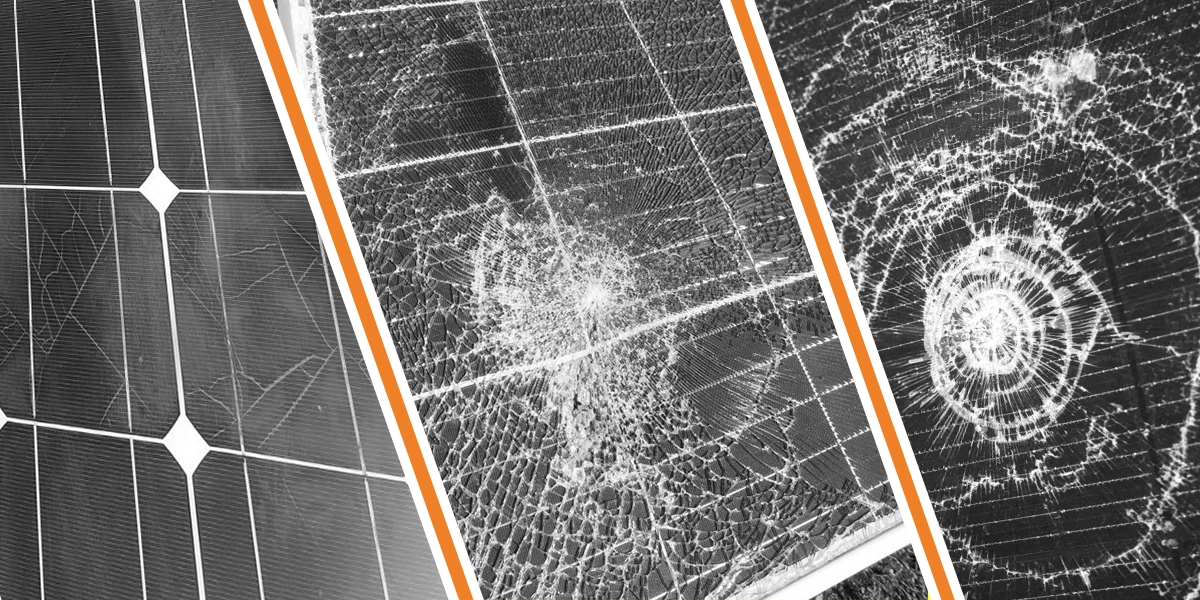
According to the study, crack percentages up to 11 percent have a minor impact on solar cell performance. It is evident that the hotspots are likely to form if the crack percentage is between 11 and 34 percent.
Researchers at the University of York have investigated the impact of fracture size and hot spot formation on solar cell performance and durability (UK). They found that there is a knowledge gap on whether all kinds of cracks can significantly lower the output power generation of solar cells. Their work directed towards close that gap. They discovered that the crack issue in solar cells got worse as wafer thickness reduced. The smaller profile makes it simpler for new mechanical stresses to form in the cells when they integrate into a full-scale PV module.
Solar Cell Crack Impact Checking Experiment:
To conduct the experiments scientists used three-busbar solar cells with an open-circuit voltage of 0.61 V. A short-circuit current density of 38.8 mA/cm2and a peak power of 4.72 W also used for their analysis. They used a digital camera with a resolution of 6k 4k pixels and an 18-55 mm lens for electroluminescence (EL) imaging. The percentage coverage of the crack calculated by subtracting the damaged image from the unaltered image.
The cells subjected to sun illumination between 100 and 1000 W/m2 at a temperature of 25 degrees Celsius. These measurements showed that solar cells had a crack prevalence that ranged from 1 percent to 58 percent.
Researchers discovered that cells with crack percentages under 11 percent had little output solar power losses. They concluded that these cells were on par with their non-cracked counterparts. According to them, hotspot growth, if we predict the crack percentage, basically denoting an inactive portion in the cell. It is in the range of 11 to 34 percent. Small cracks have no obvious impact on solar cell performance. And the cells don’t produce hotspots, as the academics had hypothesized.
A work also submitted for publication in scientific reports. It revealed the rapid testing of the effect of fractures on the output power performance and thermal operation of solar cells. They concluded that there are still some important problems that should consider. Also, we should connected with this research work, such as how cracks or hotspots form over time. Instead of only evaluating the cells in a lab under controlled conditions with artificial lighting, this needs to be researched for a long length of time for solar cells working in a variety of environmental situations.
News Source: PV Magazine
